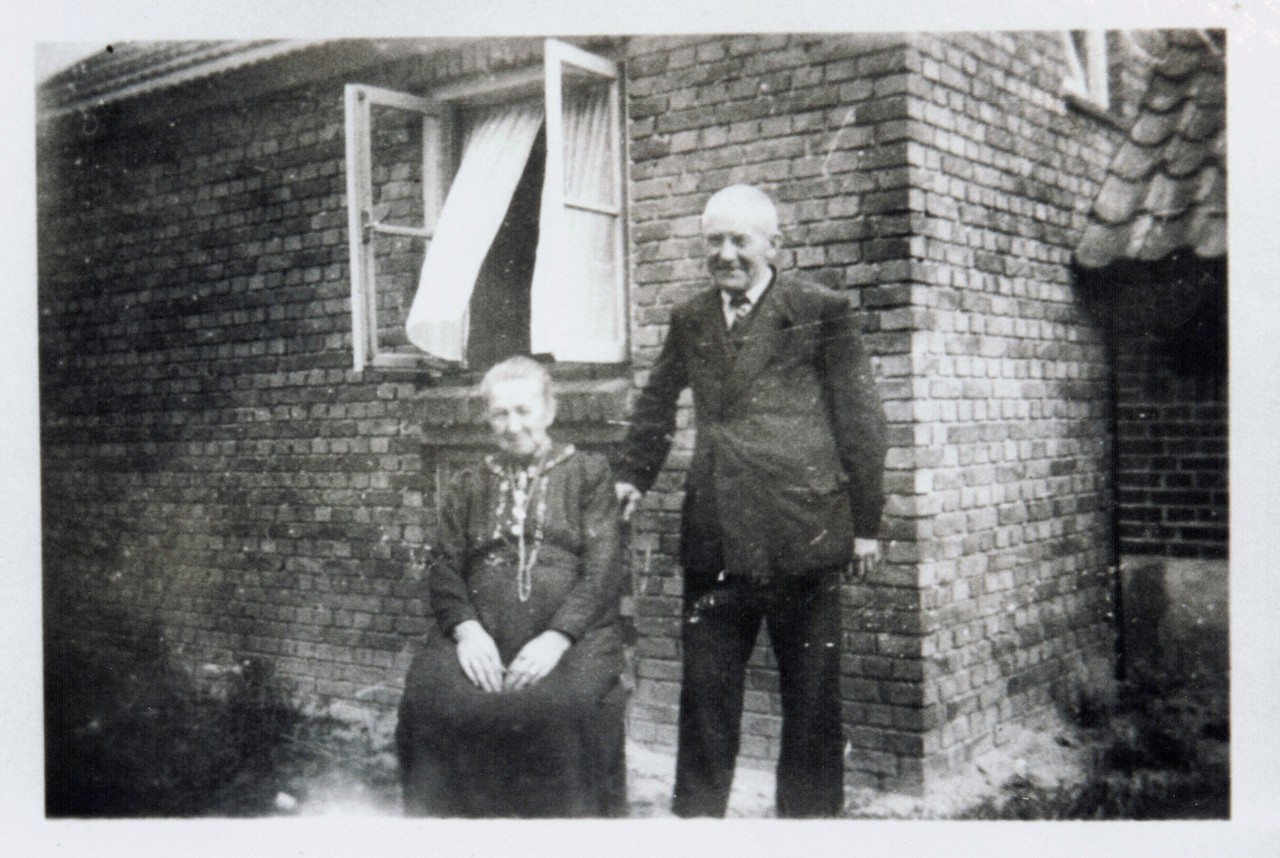Early in the war, an underground shelter measuring 11 metres by 4 metres was constructed beneath a beet pit. It was accessible via a concealed entrance hidden inside a beehive. The hideout provided shelter for people in hiding, escaped prisoners of war, and Allied airmen. It also served as a meeting place, a storage location for ammunition, and later even as a training room for weapons handling. Their son, Hendrik, was very active in the resistance. In the evenings, he would often discuss his activities with his mother, who was able to assign him new tasks. When the Sicherheitspolizei failed to capture Hendrik during a raid, his father and brothers, Jan and Willem, were taken hostage and transferred to Camp Vught. Despite intensive interrogations, they revealed nothing and were released after eight days.
Hendrik Leemreize
Hendrik Leemreize operated in the resistance under the alias “Pietje (Stofmeel)”. In the autumn of 1941, he became the first resident of Lichtenvoorde to guide escaped prisoners of war from Germany to the Belgian border, initially by bicycle. Later, a combination of bicycle and train was used. In this way, hundreds of escaped prisoners and Allied crew members were brought to safety in Belgium. Hendrik had a wide network of contacts and was constantly engaged in finding new hiding places. For his services, Hendrik received several international awards in addition to the Dutch Resistance Memorial Cross.
A short documentary about his life Verhalen uit de Tweede Wereldoorlog (“Stories from the Second World War”) : Hendrik Leemreize, is available on the YouTube channel of Stichting 4 en 5 mei Lichtenvoorde: https://youtu.be/SwtpOWx8DK0
